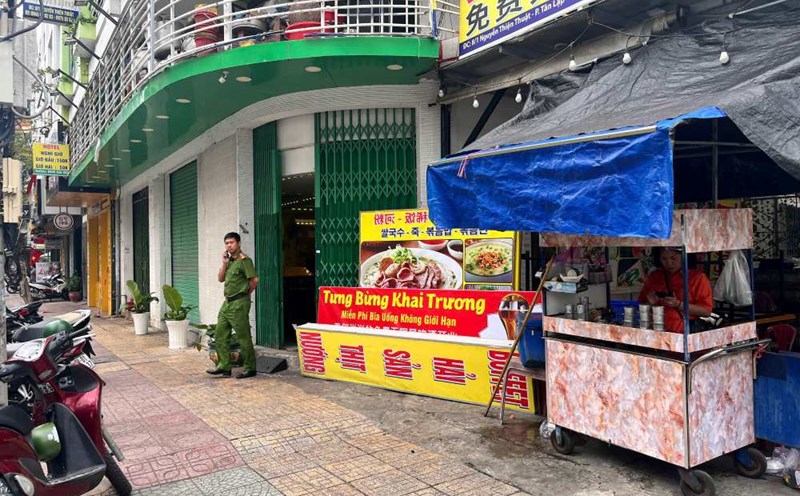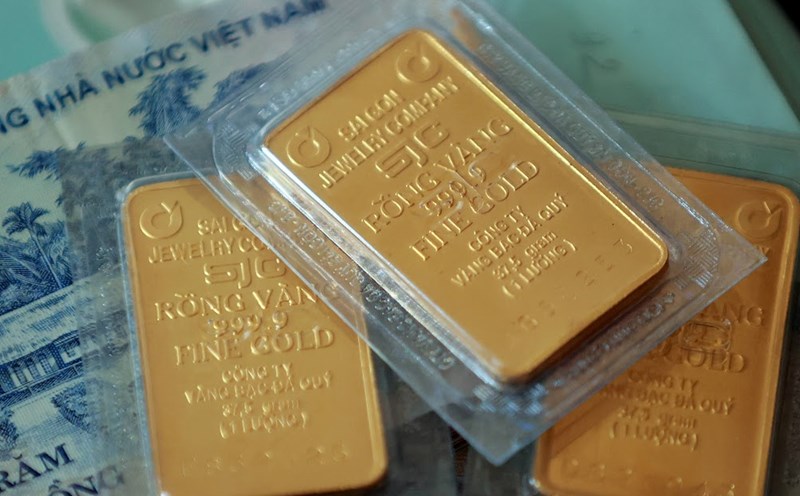According to experts, Vietnam is currently the rising star of ASEAN. With a GDP growth rate maintained at 6-7%, trade flows reaching 732 billion USD last year, and more than 120 billion USD of foreign direct investment (FDI) in the past decade, Vietnam is now transforming strongly.
According to Mr. Andy Khoo - representative of Terne Holdings Group, to position Da Nang to become the next financial powerhouse of Southeast Asia, Vietnam needs to focus on three strategic pillars, in line with the city's unique strengths and opportunities: Green Finance, FinTech Innovation, and Trade Finance.
According to Mr. Andy Khoo, Vietnam’s commitment to achieve net zero emissions by 2050, combined with ASEAN’s USD 1 trillion green finance demand by 2030, presents an incredible opportunity. The Da Nang International Financial Centre can lead the way in this area by: Issuing green bonds, Facilitating the trading of carbon credits, and Developing financial products tailored to sustainability-minded investors.
Second, FinTech is revolutionizing global finance, and Vietnam is already one of the leading countries in the region in cryptocurrency adoption, ranking in the global top 10. Da Nang can become a sandbox for startups in the fields of: Blockchain, digital payments, and next-generation artificial intelligence-based financial solutions (Gen AI).
Third, Da Nang’s geographical location, near important trade routes within the framework of the Regional Comprehensive Economic Partnership (RCEP) and the Comprehensive and Progressive Agreement for Trans-Pacific Partnership (CPTPP), along with its proximity to major ports such as Tien Sa and Lien Chieu, makes the city a natural hub for trade finance.
For Dr. Andreas Baumgartner EMBS - CEO and founder of The Metis Institute, the most important thing for an international financial center is a clear positioning and a specific value proposition. Successful international financial centers all bring a unique value to the market.
As Vietnam establishes not one but two international financial centres, in both Da Nang and Ho Chi Minh City, it is important to clearly differentiate the two centres. Each centre needs to have a specific, clear value proposition to avoid confusion or competition.
Successful international financial centres need a strong, transparent and trustworthy regulatory and legal environment. A good international financial centre needs to provide an attractive physical environment. The physical environment is the first “business card” that is noticed, and it needs to send a clear message.
“Ultimately, success requires persistence and excellence in execution. The difference between successful and average areas often lies in the ability to execute and improve continuously – day after day,” says Dr. Andreas Baumgartner EMBS.











